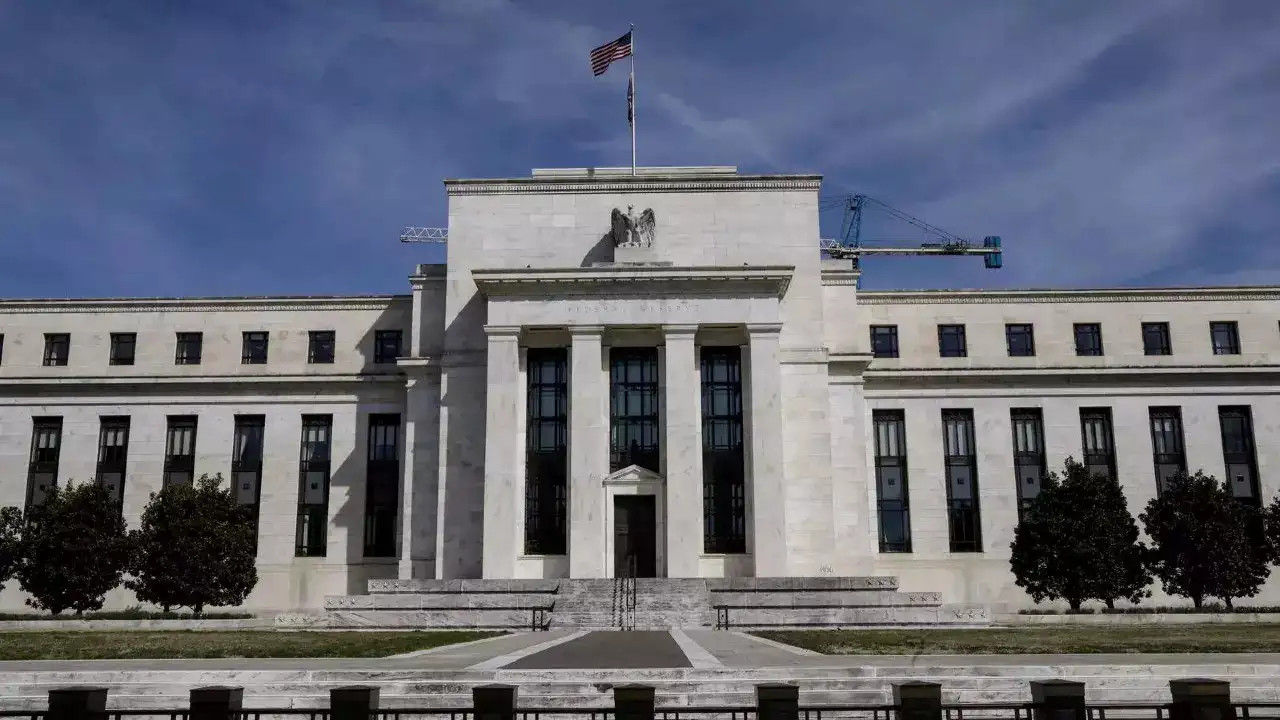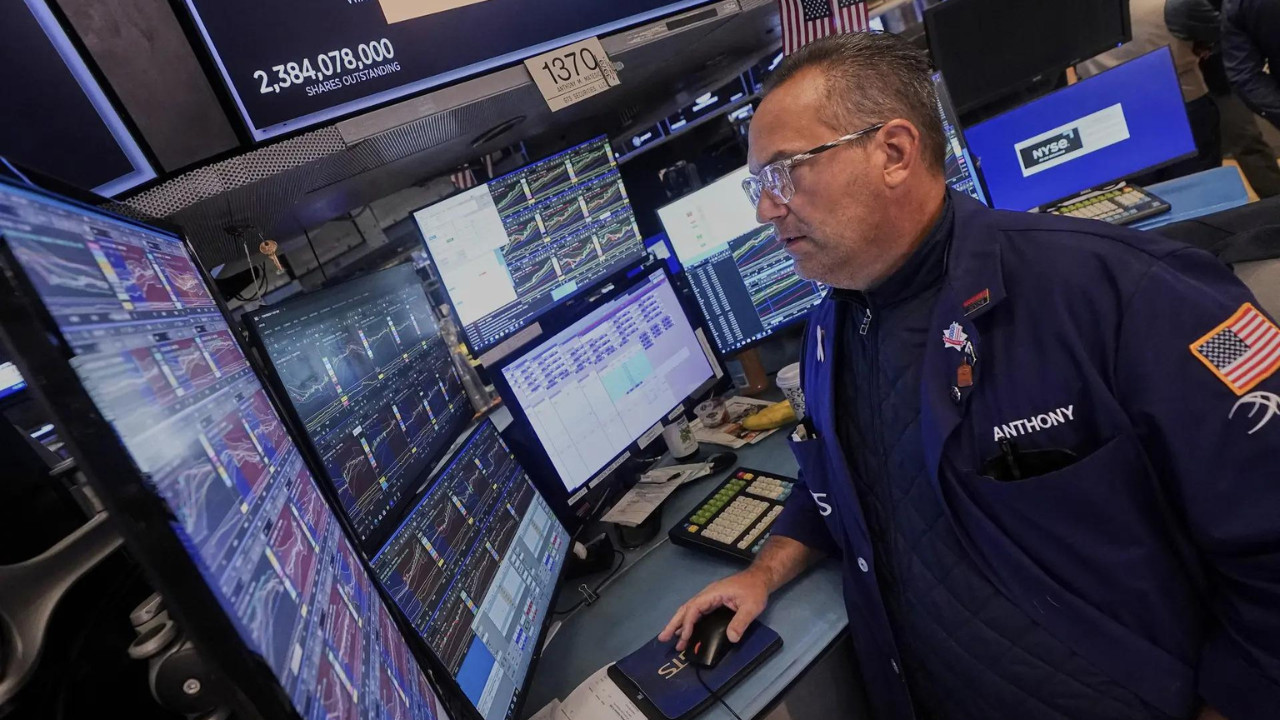Amidst political scrutiny, the US Federal Reserve convened its latest policy meeting with newly appointed governor Stephen Miran, a former Trump advisor. Expected to deliver the first interest rate cut of 2025, the FOMC faces pressure to address a weakening job market despite persistent inflation.
The Fed’s Tightrope Walk: Balancing Rate Cuts and Economic Reality
The air crackled with anticipation as the Federal Reserve convened, a meeting shrouded in more than the usual monetary policy mystery. This wasn’t just another gathering of economists; it was a high-stakes poker game where the pot was the future stability of the US economy. And sitting across the table was Jerome Powell, the Fed Chair facing perhaps his toughest hand yet.
Adding a further layer of intrigue, Stephen Miran, a Trump-era advisor, was sworn in as a Fed governor just as the meeting commenced. His presence undoubtedly shifts the dynamic, introducing a new voice – and potentially a different perspective – on the path forward.
The pressure on Powell is immense. Whispers of a potential rate cut have been circulating for months, fueled by concerns about slowing global growth and a desire to keep the economic expansion humming along. But is a rate cut truly the right move, or a risky gamble that could unleash unintended consequences down the line?
The Case for Cutting: A Preemptive Strike?
The argument for a rate cut hinges on the idea of proactive intervention. By lowering interest rates, the Fed could stimulate borrowing and investment, giving the economy a jolt of energy and preventing a potential slowdown from turning into something more serious. Think of it as preventative medicine, addressing a potential problem before it fully manifests. This is especially relevant given the ongoing trade tensions and geopolitical uncertainties that are casting a shadow over the global economic landscape. Some analysts argue that a small cut now could buy valuable insurance against future shocks.
However, the US economy has been remarkably resilient. Inflation, while not soaring, has remained relatively stable. The labor market remains tight, with unemployment hovering near historic lows. Wouldn’t cutting rates risk overheating the economy, potentially leading to inflationary pressures that could be difficult to contain?

The Counter-Argument: Is the Economy Truly Hurting?
The opposing viewpoint suggests that the current economic data simply doesn’t justify a rate cut. While growth may have cooled slightly from its peak, it remains healthy. Cutting rates in the absence of a clear and present danger could be perceived as a sign of weakness, potentially undermining confidence in the Fed’s ability to manage the economy. Moreover, with interest rates already relatively low, the Fed has limited ammunition to combat a future recession if one were to occur. Pushing rates down further now could leave them boxed in later.
The risk, of course, is that inaction could prove costly if the economy does indeed begin to falter. The Fed risks being seen as behind the curve, reacting too slowly to emerging problems. Finding the right balance is the key.
What’s Weighing on the Decision-Makers?
Beyond the immediate economic data, several other factors are likely weighing heavily on the Fed’s decision. The aforementioned trade tensions, particularly between the US and China, remain a significant source of uncertainty. A further escalation of these tensions could have a substantial impact on global trade and economic growth.
The strength of the dollar is another consideration. Cutting rates could weaken the dollar, making US exports more competitive but also potentially fueling inflation. And of course, the Fed must consider the potential impact of its decisions on financial markets. A surprise rate cut could trigger a surge in asset prices, potentially creating a bubble that could eventually burst.
This delicate balancing act requires a deft touch. Miscommunication, a misstep, or a misread of the economic tea leaves could all have significant consequences.
The Long-Term View on Federal Reserve Actions
Ultimately, the Fed’s goal is to maintain stable prices and full employment. These are not always easy to reconcile, and often require making difficult choices based on imperfect information. This also requires closely watching other important financial institutions, like the World Bank, and their financial forecasts. As the world becomes more financially intertwined, staying ahead of the potential negative consequences of certain decisions is vital. Learn more about [Navigating Economic Uncertainty: A Guide for Investors](internal-link-to-investment-article).
The decision before the Fed is not simply about whether or not to cut rates; it’s about preserving its credibility and ensuring the long-term health of the US economy. It’s a tightrope walk with no room for error. The impact of the Federal Reserve‘s decision will reverberate far beyond Wall Street, affecting businesses and households across the country. Only time will tell if they made the right call.






